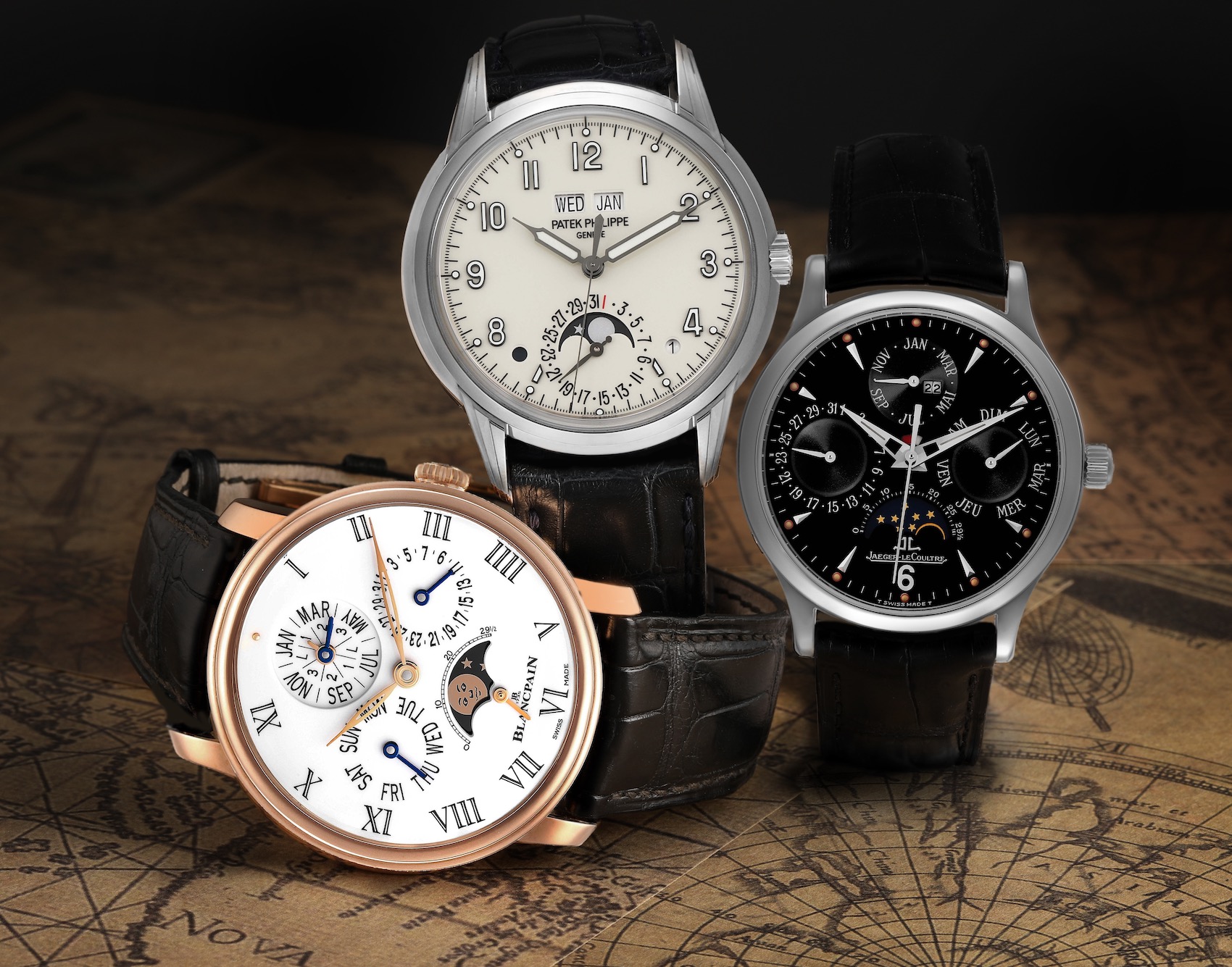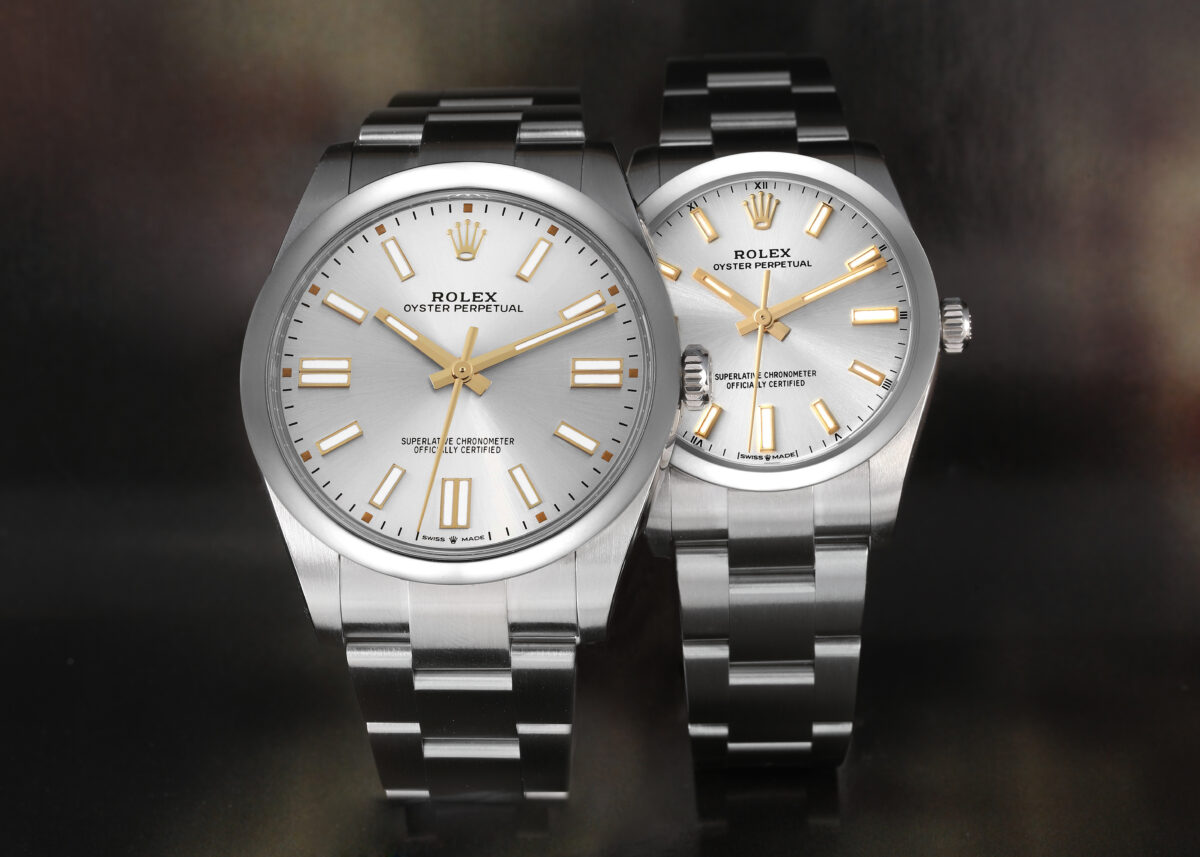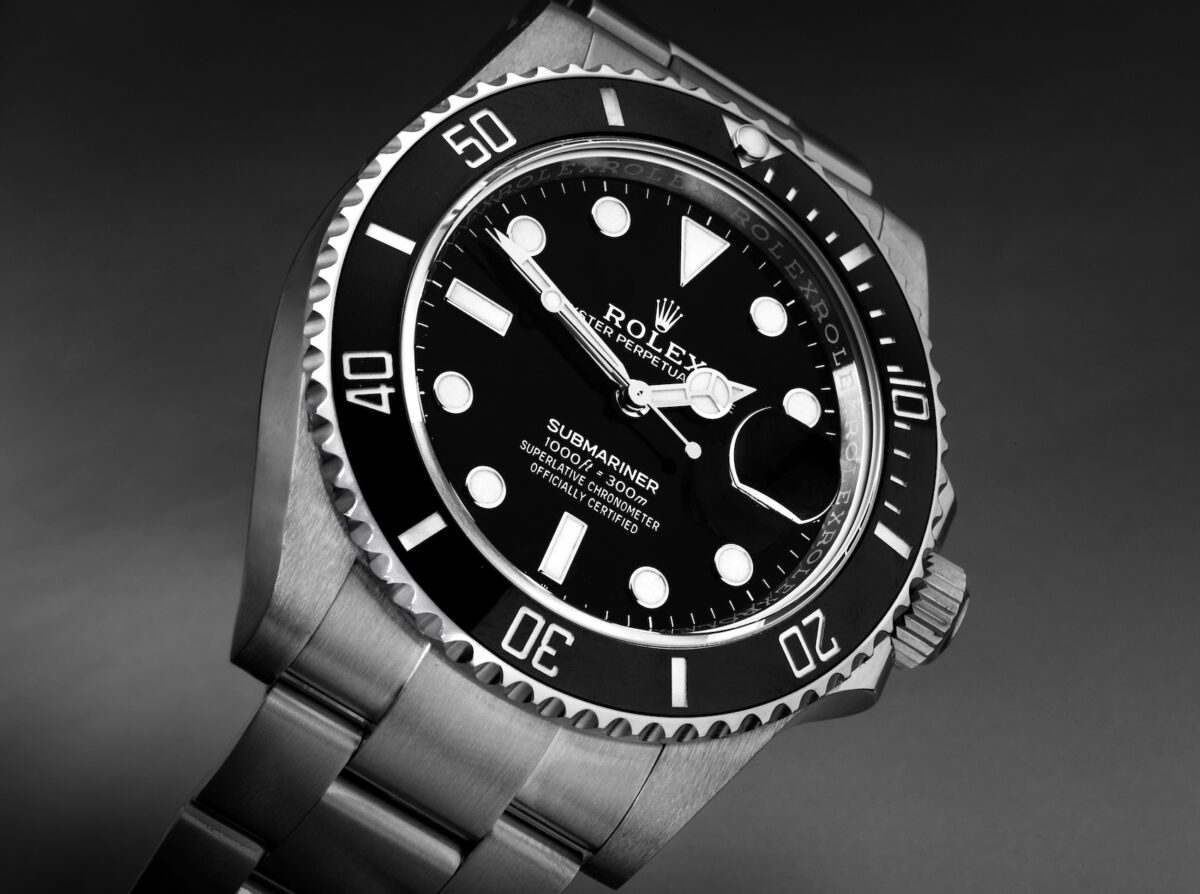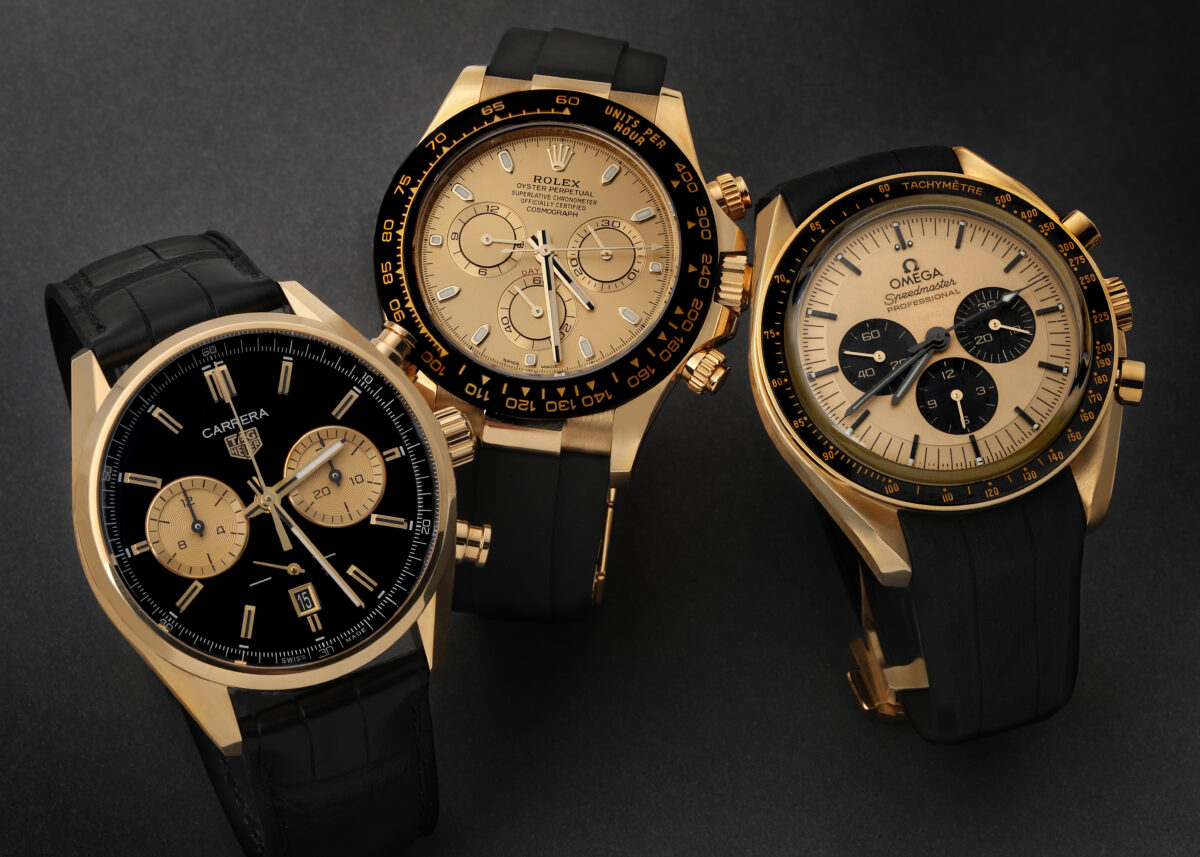|
|
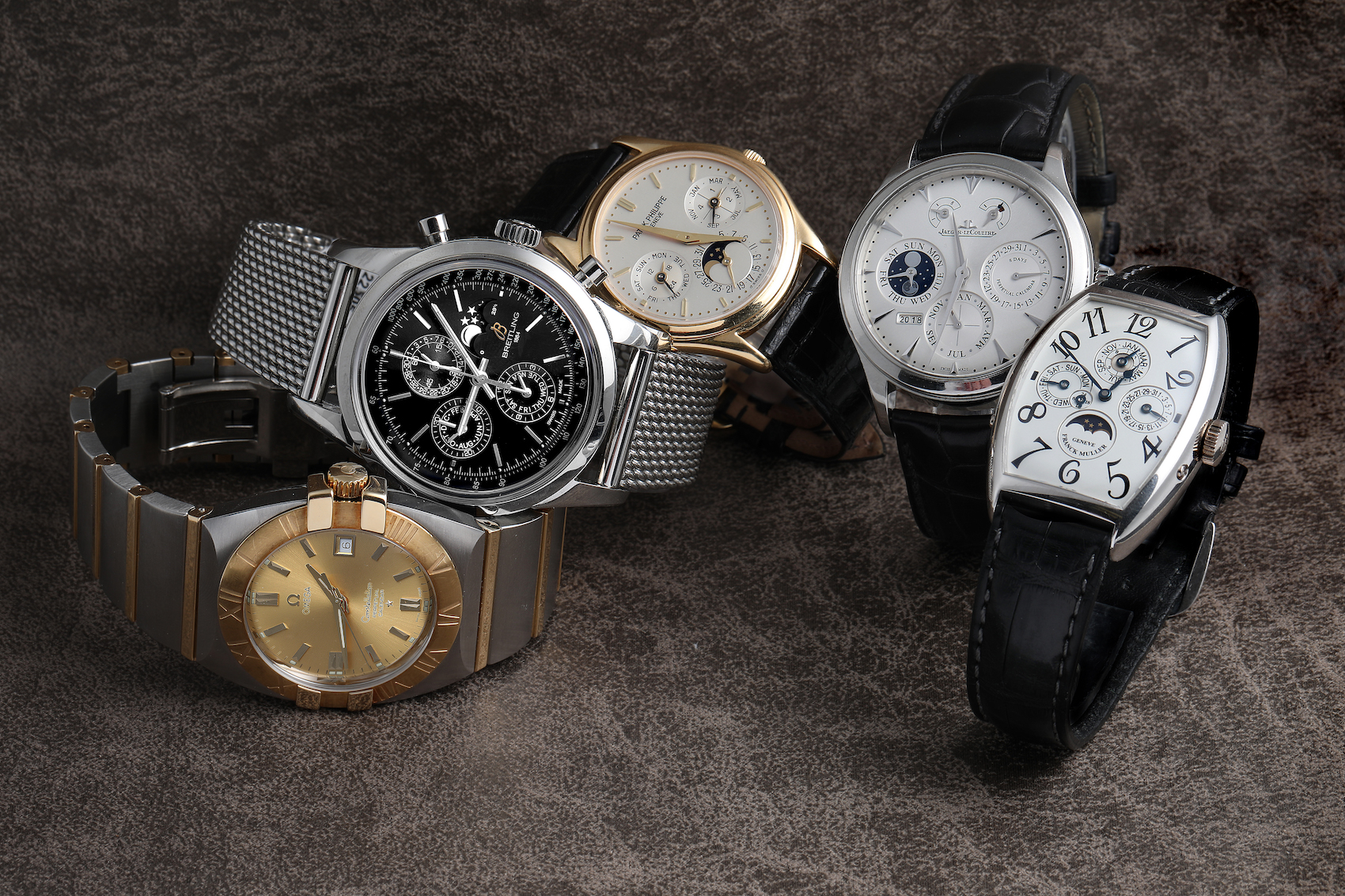
Shop Perpetual Calendar Watches
|
|
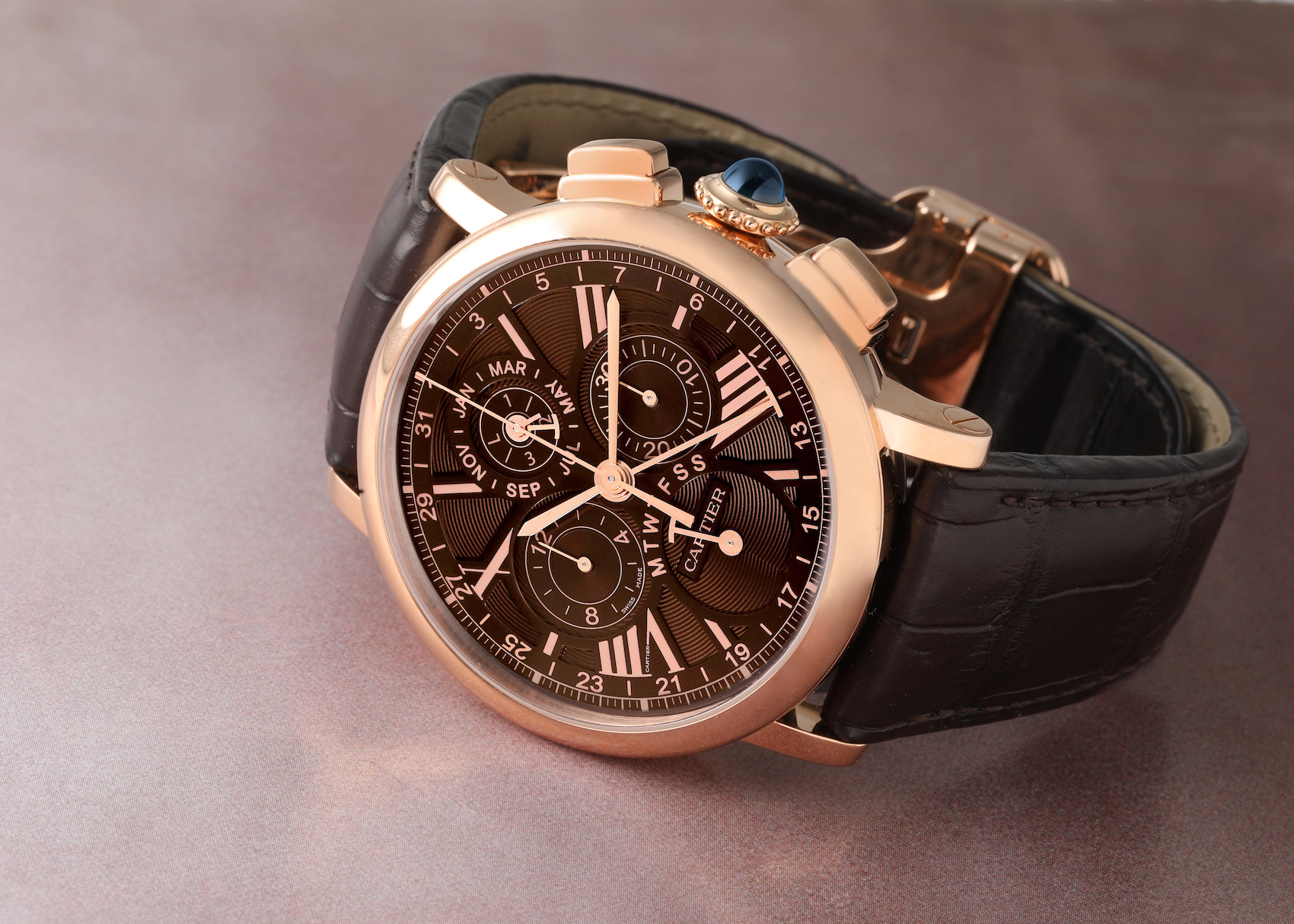
Shop Cartier Rotonde Perpetual Calendar Chronograph Rose Gold Mens Watch
|
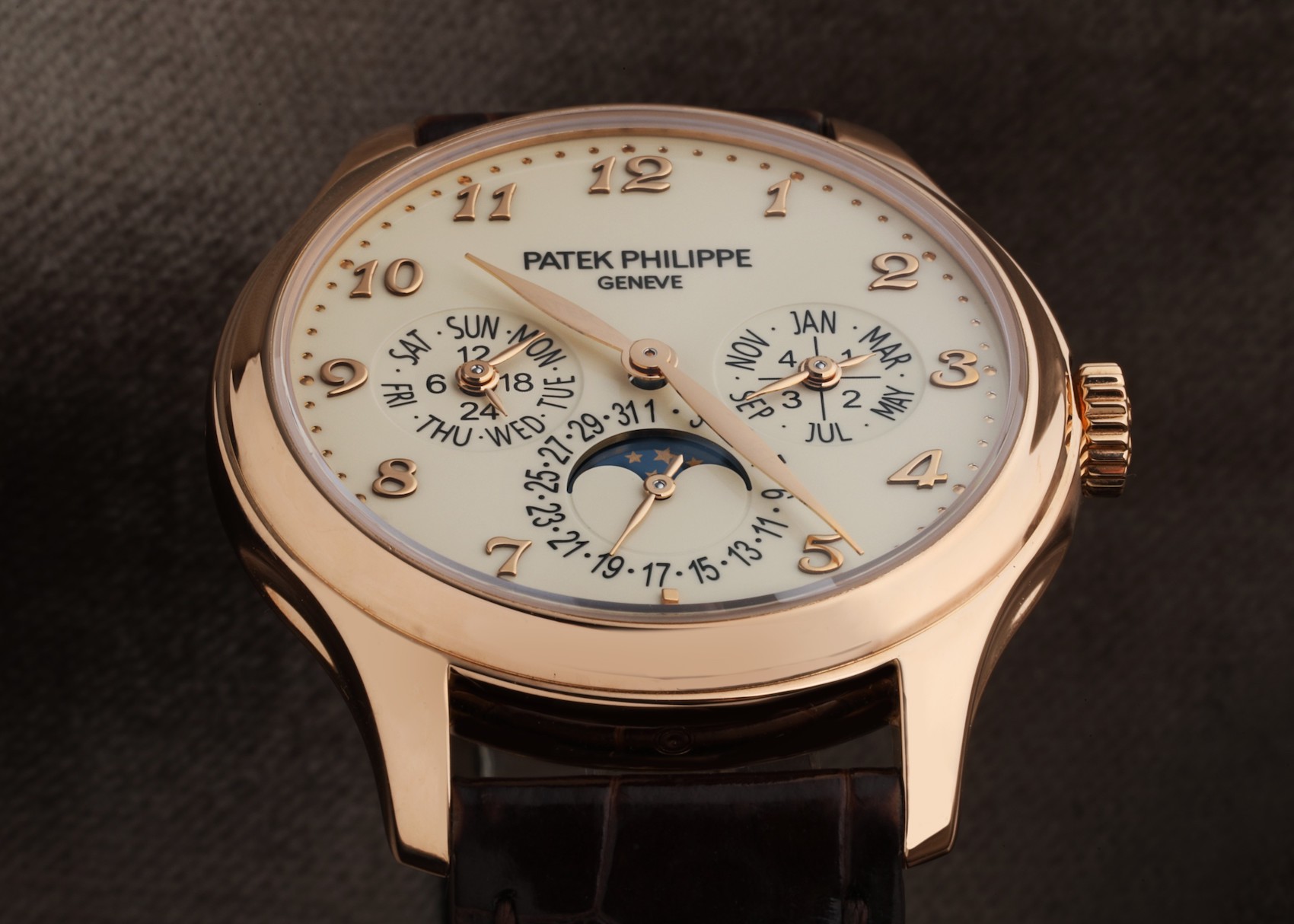
Shop Patek Philippe Grand Complications Perpetual Calendar Mens Watch
|
|
View this post on Instagram
Shop Patek Philippe Perpetual Calendar Pink Gold Watch
|
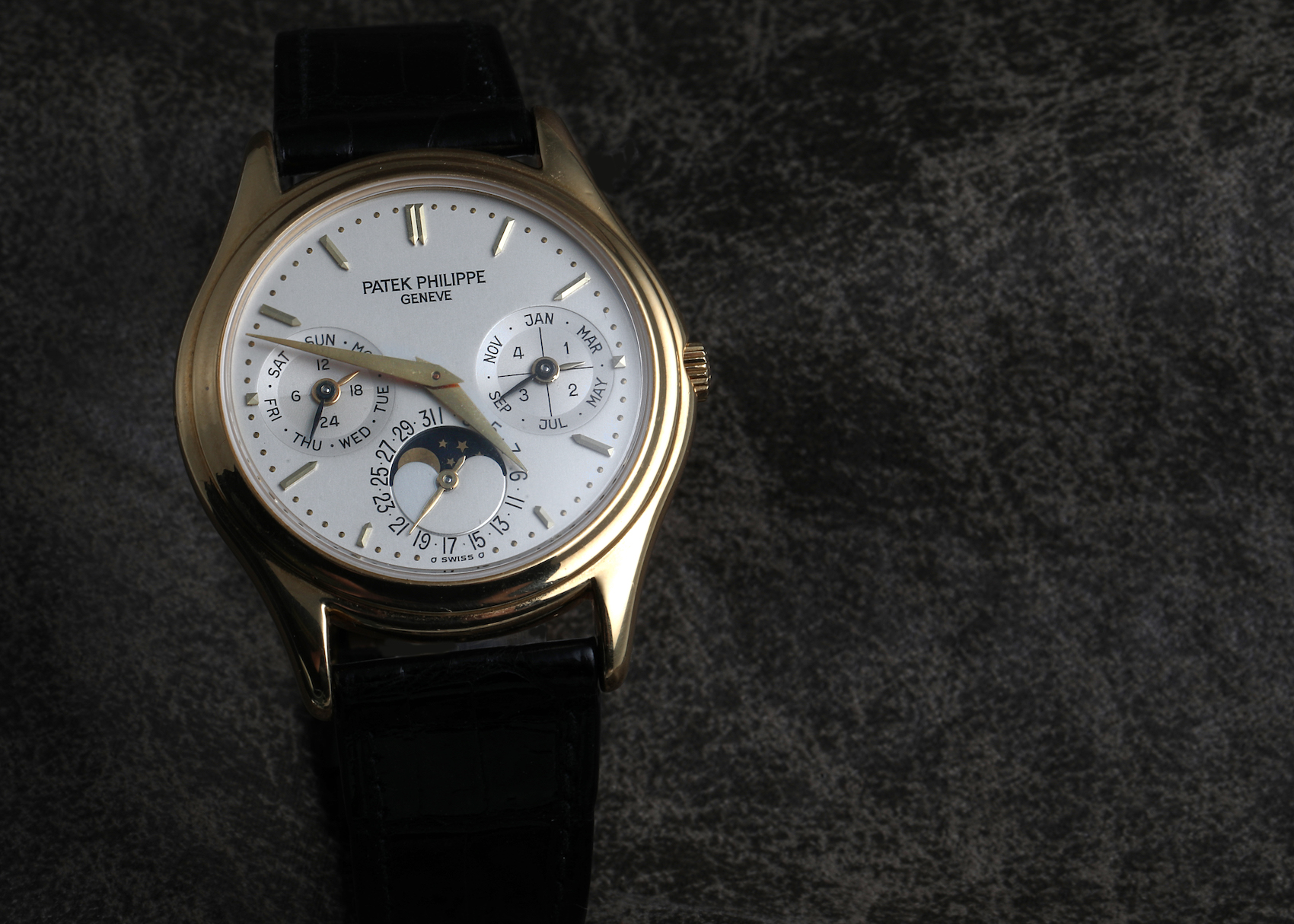
Shop Patek Philippe Perpetual Calendar 18K Yellow Gold Watch
|
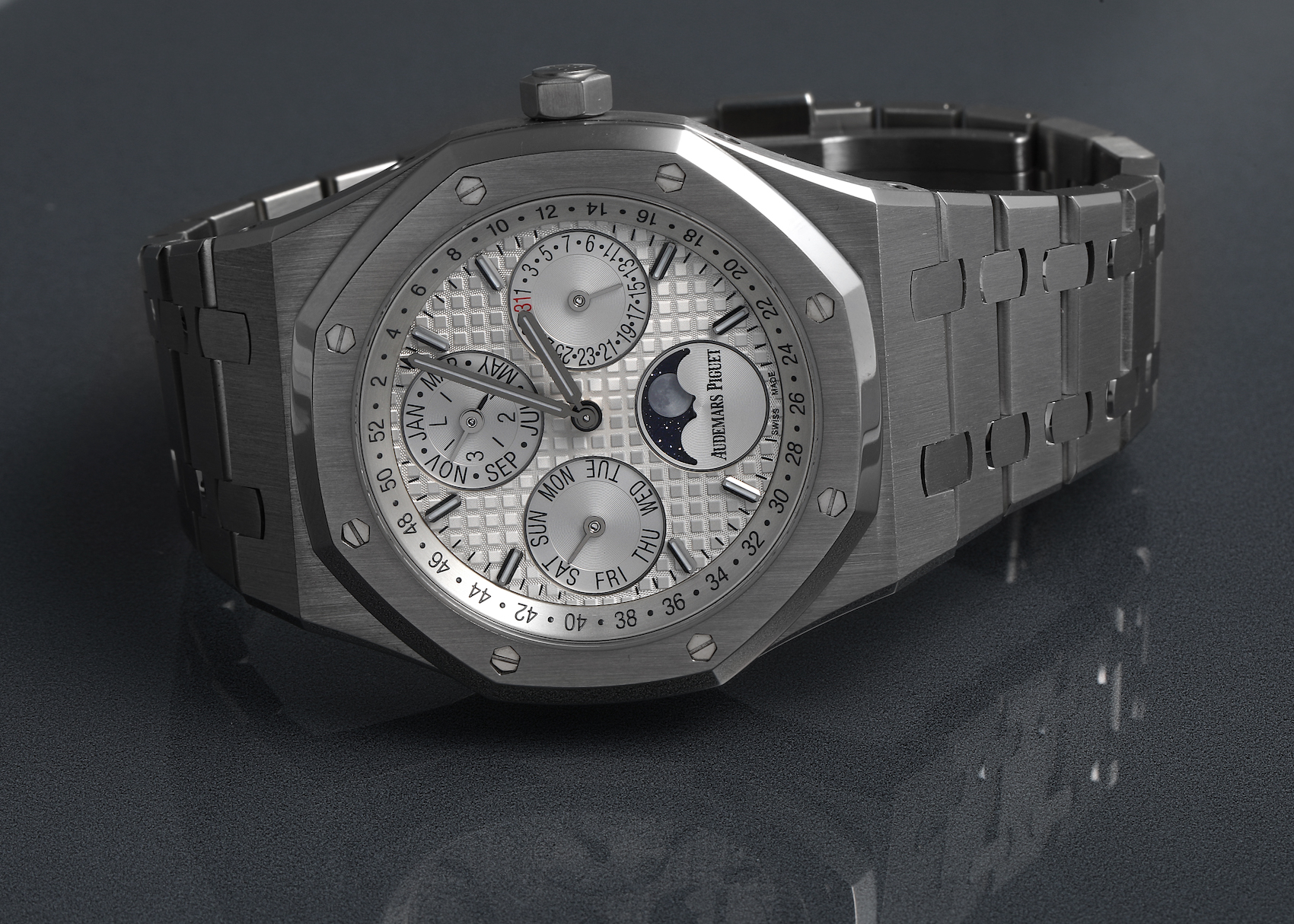
Shop Audemars Piguet Royal Oak Perpetual Calendar Mens Watch
|
|
Shop A. Lange Söhne Langematik Perpetual Watch
|
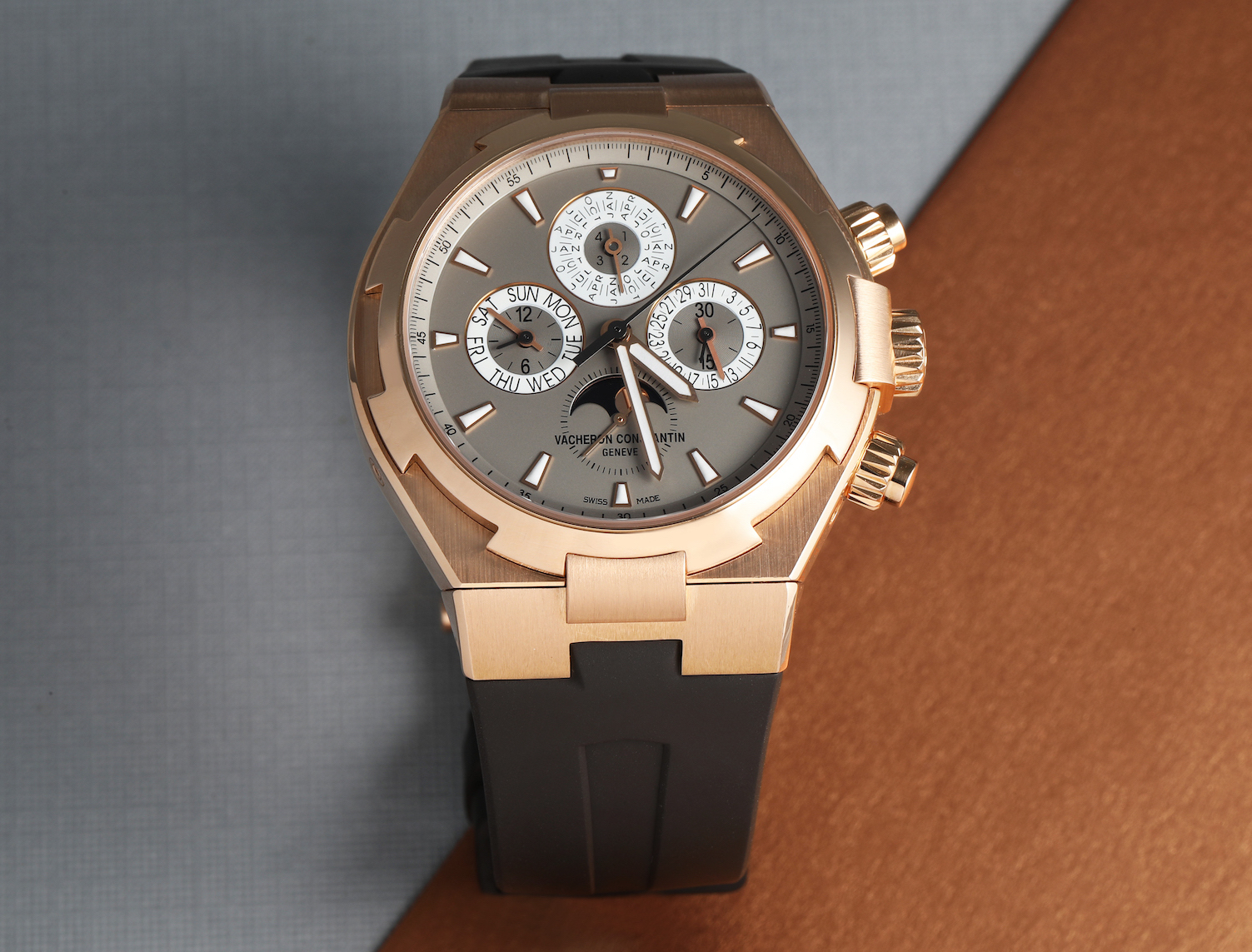
Shop Vacheron Constantin Overseas Perpetual Calendar Rose Gold Mens Watch
|
|

